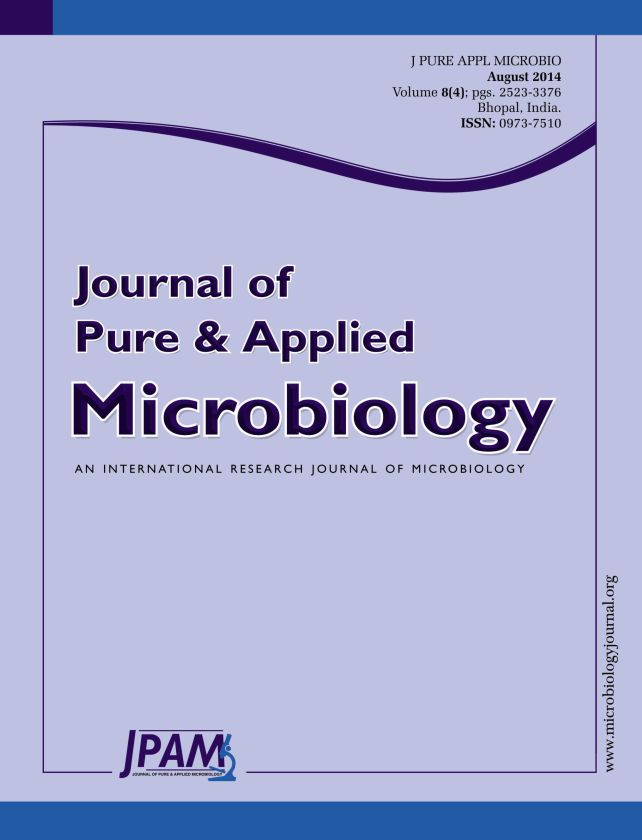Forty-four yeast isolates were obtained by using various isolation methods from different environmental samples including soil and sea water either contaminated or uncontaminated with crude oil, activated sludge and waste water samples. The isolates were identified based on their microscopic, physiological and biochemical properties. As a consequence, eleven different species belonging to genus Rhodosporidium (18 strains), Candida (15 strains), Pichia (5 strains), Rhodotorula (5 strains), and Cryptococcus (1 strain) were classified. These isolates were then pre-screened for their degradation ability using aromatic hydrocarbons with different ring numbers such as benzene, naphthalene, phenanthrene, pyrene and flourene as the sole carbon and energy source. While benzene and fluorene were commonly used by the isolates, Candida shehatae was found to be the best growing yeast on each aromatic tested indicating that it has the potential for biological application to treat aromatic contaminants.
Yeasts, identification, crude oil, polycyclic aromatic hydrocarbons (PAHs), biodegradation
© The Author(s) 2014. Open Access. This article is distributed under the terms of the Creative Commons Attribution 4.0 International License which permits unrestricted use, sharing, distribution, and reproduction in any medium, provided you give appropriate credit to the original author(s) and the source, provide a link to the Creative Commons license, and indicate if changes were made.


